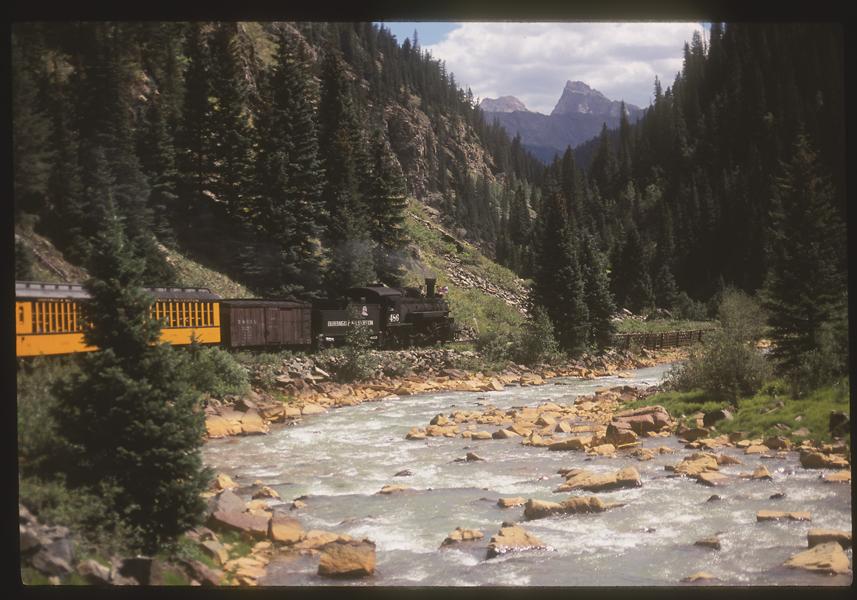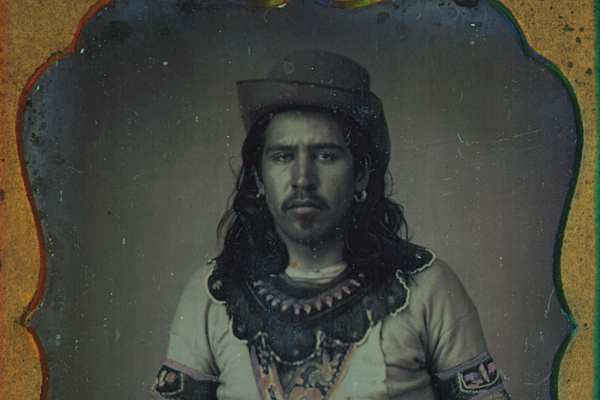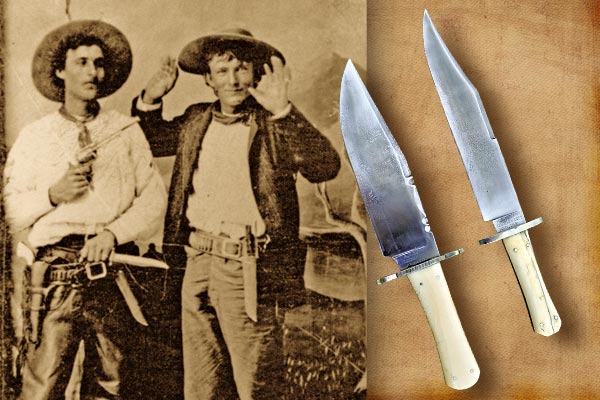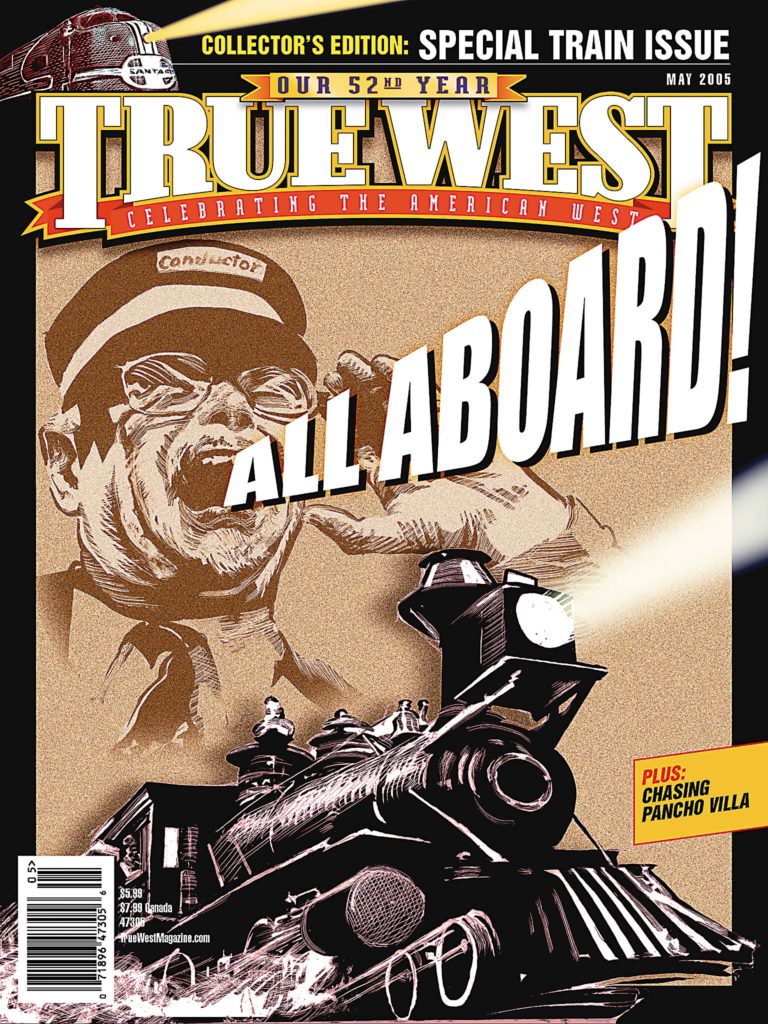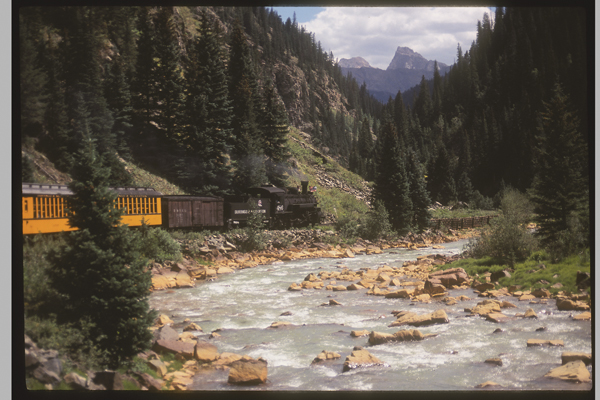 It is late August, but the air is crisp as I board the Durango & Silverton Narrow Gauge Railroad in Durango, Colorado.
It is late August, but the air is crisp as I board the Durango & Silverton Narrow Gauge Railroad in Durango, Colorado.
The firemen are already stoking the engine and little puffs of smoke waft into the air. Once everyone is seated, the train lurches forward slightly, rolls back and then jerks forward again as the puffs of smoke become a billowing cloud that settles over the train depot. Riding in an open car, which has a roof but no windows, I smell burning coal that is not diffused in any way as we are off to Silverton, winding through Durango and into the San Juan Mountains.
When gold and silver miners began prospecting in Colorado’s rugged San Juan region in the early 1870s, the San Juans were Ute territory. Although the Indians stren-uously objected to mining encroachment, they ceded their lands in the region under terms of the 1873 Brunot Treaty. The earliest small mining camps sprang up around Baker’s Park and at the head of Arrastra Gulch, and by the mid-1870s, Silverton got its start. It soon had a sawmill and smelter, making it the hopping town in the district.
Initially, ore was transported by mule teams and freight wagons, but the rich mineral deposits attracted the Denver & Rio Grande Railroad officials, who decided to build a rail link to Silverton. The company wanted to place the southern terminus south of the San Juans in Animas City, incorporated in 1876 and named for the Rio de las Animas Perdidas, “River of Lost Souls.” But city leaders would not agree to some of the conditions, so in September 1880, the Denver & Rio Grande breathed life into a new town—Durango.
Under the direction of Otto Mears, the railroad built north from Durango, grading and laying track for 17 miles to Rockwood before hitting the difficult stretch known as the “high line.” Irish and Scottish crews had to blast a shelf out of hard granite on which to place the rails. Some reports estimate the cost of that portion of the road at $1,000 per foot. The laborious work on the 45-mile rail line crossed rugged mountains and followed a treacherous river. The work began in August 1881 and continued until July 1882 when the first train steamed into Silverton, forever changing the lifestyle of that mountain community. From the start, the railroad promoted the route as a scenic excursion.
Although mining activity eventually declined, rail service between Durango and Silverton has survived for well over a century. I watch the terrain change as we leave Durango and steam our way into a forest of oak, ponderosa pine and juniper. Our route follows the Animas River, occasionally rolling clackety-clack right beside the stream, and at other times rocking high above the chasm the water has cut through the granite.
When the train breaks out along the high line of the Animas Canyon, we will have “equal opportunity viewing,” the conductor tells us. There the Denver & Rio Grande will conduct a “stress test on the coaches,” he jokes, adding, “We’ll see how many people can stand on one side of the coach before it tips over.” Sure enough, as soon as the train is on the narrow ledge of the roadbed, our side of the train becomes crowded with people wanting a view of the deep Animas Canyon and the blue, green and foaming white waters of the river below.
The train twists and turns its way along the canyon, at times only inches from the rock walls but able to make the sharp curves because it is a narrow-gauge line that is more “agile” or maneuverable than a standard railroad line. The belch of coal smoke follows the train, coating everything, including my face, with black grime.
Silverton’s prosperity during the 19th century hinged on mineral production, but the reality of the San Juan mining saga is that it was a very tough place to make a living. Miners had to deal with high elevations, harsh weather, isolation, high costs of freight (by burro, mule team, wagon and railroad) and occasional mis-management. Like most mining towns, Silverton had its prosperous citizens who brought with them schools and churches, and its dregs who spent time in one of the town’s 19 saloons or possibly working or partaking of “services” in the brothel district.
The slump in silver mining during the late 1890s affected Silverton’s prosperity, but the mines continued operating into the early decades of the 20th century. Today, people in cars can reach Silverton by traveling the Million Dollar Highway, Route 550, but many visitors still arrive on the Durango & Silverton, which disgorges them at the edge of town (only five blocks wide and a dozen blocks long).
Silverton, a National Historic Landmark, is listed as one of a Dozen Distinctive Destinations by the National Trust for Historic Preservation. False fronts (on buildings, not women), mine relics and elaborate facades on century-old buildings combine with the residents’ friendly faces for a full-blown welcome. When the train is in town, Silverton takes on some of its old-time, boom-day attitude as visitors wander the dirt streets, partaking of a meal or libation, or purchasing homemade fudge or other goodies.
After a couple of hours in town, passengers reboard the waiting train, the engineer toots his whistle and the steam engine’s black smoke billows as the Durango & Silverton rolls out of Silverton toward Durango.
Riding the rails of the Durango & Silverton is a leisurely trip that lasts about three hours one way, with an average speed of 18 miles per hour. The engineer also must stop twice to take on water; on a single trip, the train consumes 10,000 gallons of water and six tons of coal.
I took the train both directions, but you can opt for a bus ride on one leg of your journey. The Durango & Silverton holds Railfest each August and runs a photographer’s train in late September, giving shutterbugs a chance to click away at fall foliage and train views. In winter, the train does not run all the way to Silverton, but it is in service over part of the route with events including a Santa Reception in early December and a New Year’s Eve midnight train where people dress in Victorian attire.
Information:
888-TRAIN07
www.durangotrain.com
True West
frequent contributor Candy Moulton
recommends staying at the General Palmer Hotel in Durango and the Wyman Hotel & Inn or Inn of the Rockies in Silverton. While in Silverton, eat at Handlebars Food & Saloon.
Photo Gallery
– By Candy Moulton –


